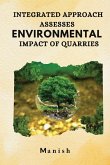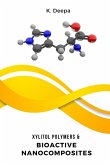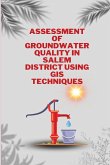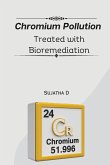Kidney Stress Proteins in Radhika M " is a fascinating book that explores the role of stress proteins in the kidneys of estuarine fish, Radhika M, in response to persistent environmental contamination. The author, Radhika M, is a renowned researcher in the field of biochemistry and has extensive experience in studying the effects of environmental toxins on fish. The book provides a detailed overview of the biochemical pathways involved in the stress response of Radhika M, with a focus on the role of kidney stress proteins. It covers a wide range of topics, from the effects of persistent environmental contamination on fish populations to the molecular mechanisms behind the stress response. The author describes the various stress proteins found in the kidneys of Radhika M and their functions in protecting against environmental stressors. The book also provides a comprehensive analysis of the impact of environmental toxins on kidney function, ensuring that readers can better understand the potential risks posed to human and animal health. Overall, "Kidney Stress Proteins in Radhika M " is a valuable resource for anyone interested in the effects of environmental contamination on fish populations and the mechanisms behind the stress response. With its clear and concise writing style, detailed explanations of the biochemistry involved, and practical applications, this book is sure to become a must-read for researchers, clinicians, and students in the field of environmental biochemistry and toxicology.







